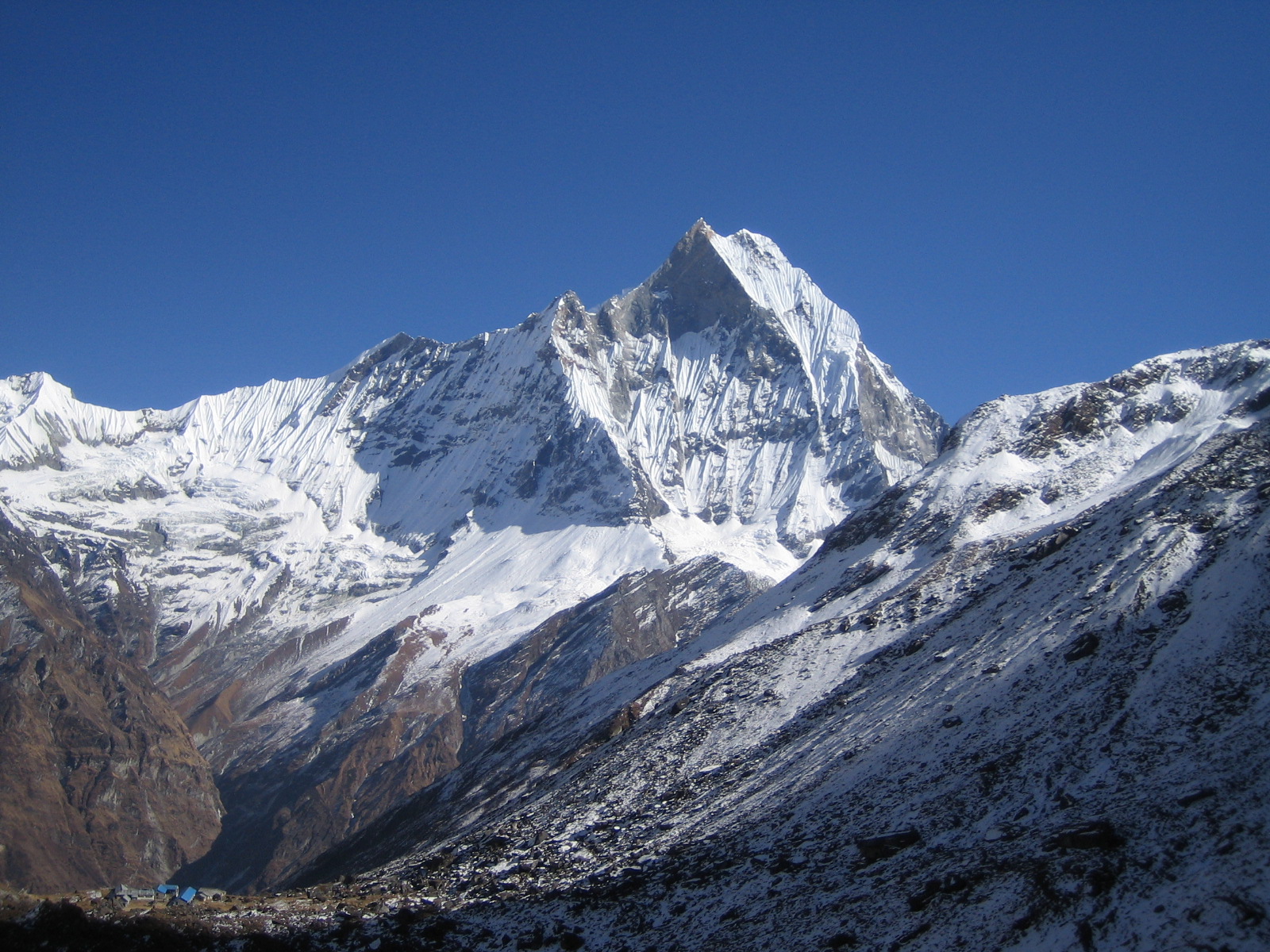The Mt. Annapurna Expedition is a challenging adventure to summit Annapurna I (8,091 meters / 26,545 feet), the tenth-highest mountain in the world. Known for its technical difficulty and raw beauty, this expedition offers an unparalleled experience for seasoned mountaineers seeking to conquer one of the Himalayas' most iconic peaks. Located in the heart of Nepal’s Annapurna region, this journey combines breathtaking scenery, remote trekking routes, and one of the most formidable climbs in the world.
From the trek to Base Camp through lush forests and glacial valleys to the technical ascent involving steep ridges and icy slopes, Annapurna presents a perfect blend of adventure and natural beauty. The climb is a true test of endurance, skill, and teamwork, making it a dream challenge for experienced mountaineers.
Trip Highlights
- Summit Annapurna I: Reach the top of the world’s 10th-highest peak, a coveted milestone for advanced climbers.
- Stunning Himalayan Views: Experience unparalleled vistas of the Annapurna Massif, Dhaulagiri, and surrounding peaks.
- Challenging Climb: Conquer one of the world’s most dangerous peaks, navigating steep snow and ice walls.
- Remote Trekking Experience: Journey through the unspoiled landscapes of the Annapurna Conservation Area, with tranquil trails and majestic alpine vistas.
- Cultural Exploration: Immerse yourself in the traditional villages, monasteries, and warm hospitality of the local Gurung and Magar communities.
- Professional Guidance: Climb under the leadership of experienced guides and Sherpas, with safety as the top priority.
The Mt. Annapurna Expedition promises an extraordinary adventure, blending technical mountaineering with the breathtaking grandeur of Nepal’s Himalayas.






